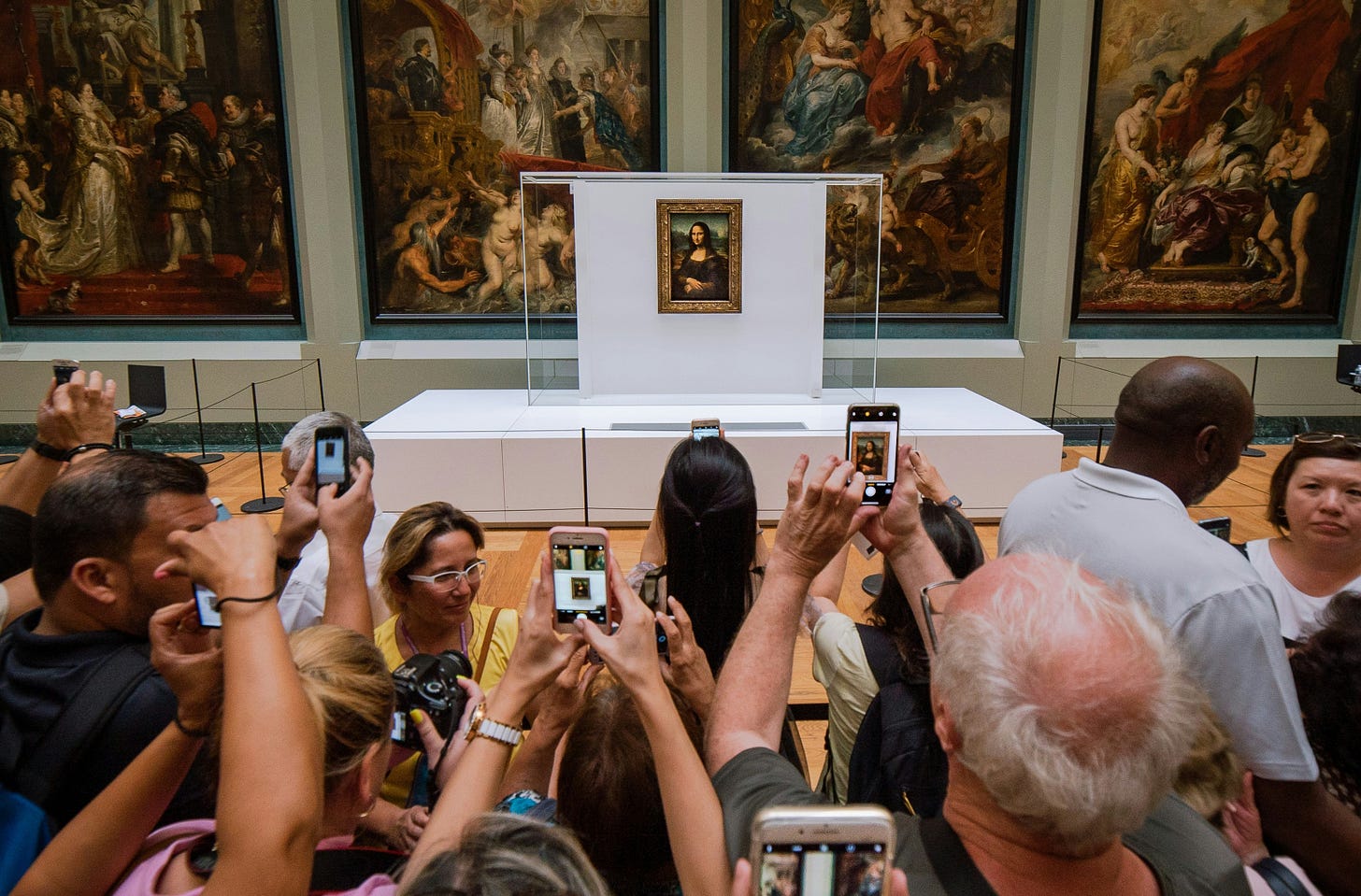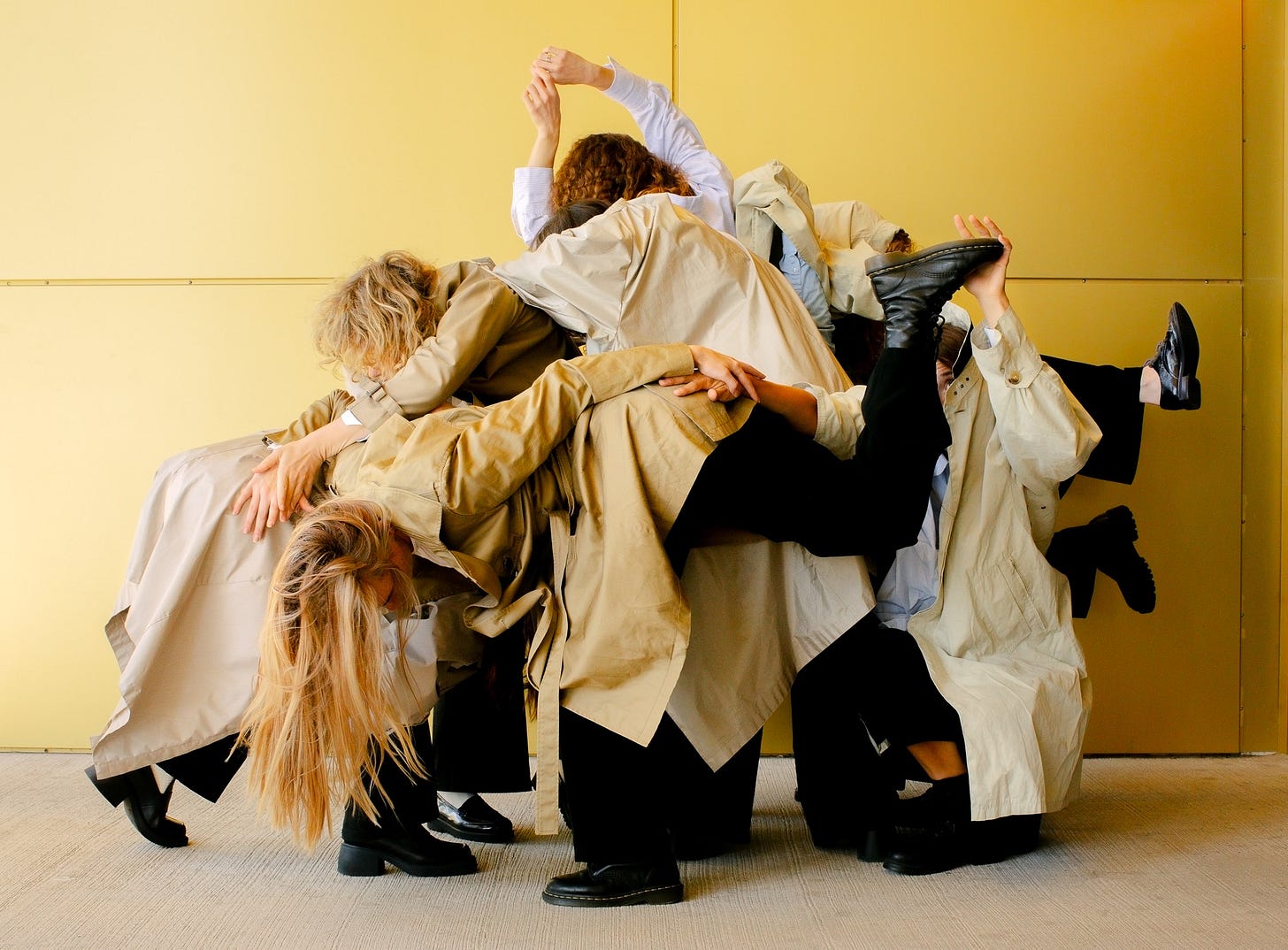
What do we mean when we say “Art World”?
The “art world” is often seen as glamorous and very exclusive. But beneath the surface, the commercialization of art has distorted how it is produced, valued, and perceived, blurring the lines of what it means to be a part of this industry.
So, what exactly is the “art world”?
As a concept, it arose in the 18th century when the Romantic idea that art should be independent and free from the influence of the state or religion started to gain traction. Slowly, the idea evolved into an intricate network of artists, institutions, critics, collectors, and financial forces that turned into the present global ecosystem we refer to as the “art world”.
However, it is not as simple as it seems to put a finger on its borders – the “art world” is diverse and multifaceted. It can even be perceived as multiple overlapping and sometimes conflicting "art worlds," each with its own values, definitions, and hierarchies. The art world is not a single entity but rather a multifaceted network of interconnected yet distinct spheres.
Why Is the Term "Art World" Problematic?
Since the definition of “art world” is tricky to establish, it is no wonder that there is much talk surrounding the use of the term itself.
The term “art world” suggests a centralized, monolithic structure, yet in reality, the landscape of art is fragmented and decentralized. This idea of a singular “art world” has historically reinforced Western dominance, marginalizing artists and movements from non-Western cultures while prioritizing institutions and markets based in Europe and North America. The exclusionary framework shapes what and whose voice is considered legitimate or valuable in art, often sidelining alternative artistic traditions and critical perspectives.
At the same time, the deep intertwining of art and financial markets has accelerated the commodification of artistic production. The value of art is frequently determined by auction results and market speculation rather than by its aesthetic, historical, or conceptual significance. This market-driven approach not only reinforces elitism but also limits innovation.
When financial incentives dictate artistic trends, it leads to the conservation of the industry, prioritizing what is already successful rather than fostering risk-taking, cross-disciplinary exchange, and fresh perspectives.
“The art world and the art market are not the same thing, even though the general-interest press now, tellingly, uses the terms interchangeably. The latter should be subject to the former, but somewhere along the way there was a coup. When the public now thinks about the art world - if they think about the art world at all - the first thing that will likely come to mind is the unfathomable sums of money spent for a painting at the latest auction. I don't think there is any way to overstate the exclusion that this narrative creates. It moves art closer to commodity status in the collective consciousness, and in doing so, effectively tells the 99 percent that there is no point in thinking about the art world, or art itself for that matter. The message is clear: If art equals money, and you are not wealthy, then art is not for you.”
StevenZevitas in The Things We Think and Do Not Say, or Why the Art World is in Trouble

We believe that art should not be confined only to the elite few, or be reduced to a financial instrument. It is a powerful means of expression, a catalyst for social change, and a reflection of our collective humanity. So, how can we make the “art world” more inclusive?
Decentralizing artistic recognition! – Let’s go beyond the Western-centric narrative and amplify voices from underrepresented regions and communities. That way, we can foster a more diverse and inclusive global art ecosystem.
Resisting commercialization! – Staying true to one’s artistic integrity can mean supporting and showcasing one’s work in alternative spaces like artist-run spaces and non-commercial platforms that are not driven by the commercial art market.
Fostering deeper connections! – Art can be made more accessible to help people connect with artists and audiences. Some ways to do this are through public art and accessible explanations.
Challenging institutional norms! – We can support artists and cultural diversity by mixing up who's in charge, changing how we buy art, and working with ethical partners. This means putting art and culture first — before profit!
Recognize its diversity! – We should embrace the fact that there are many different art scenes, each with its own unique ways, traditions, and audiences. We need to ditch the idea that there's only one "right" way to do art.
“The reason why you should care is that we need diversity and different perspectives to the mainstream ‘Art World’ that does a poor job of representing the global community and neglects their perspective on our contemporary global issues that we all share as humans. Broadening our cultural understanding of the different art worlds can allow us to grow as a real global community where transactions of ideas can easily travel.”
Jenny Munoz in What is the "Art World"?




